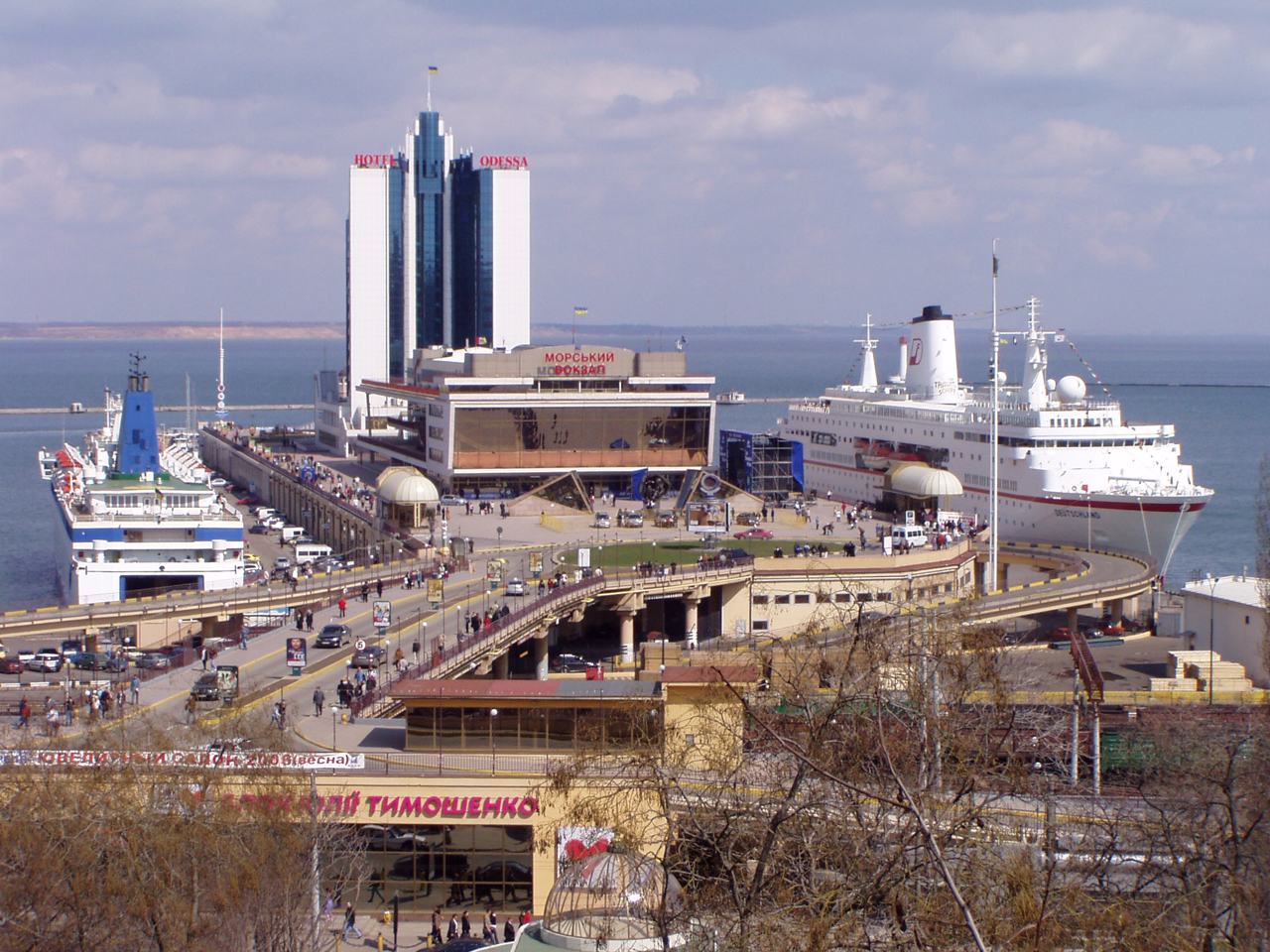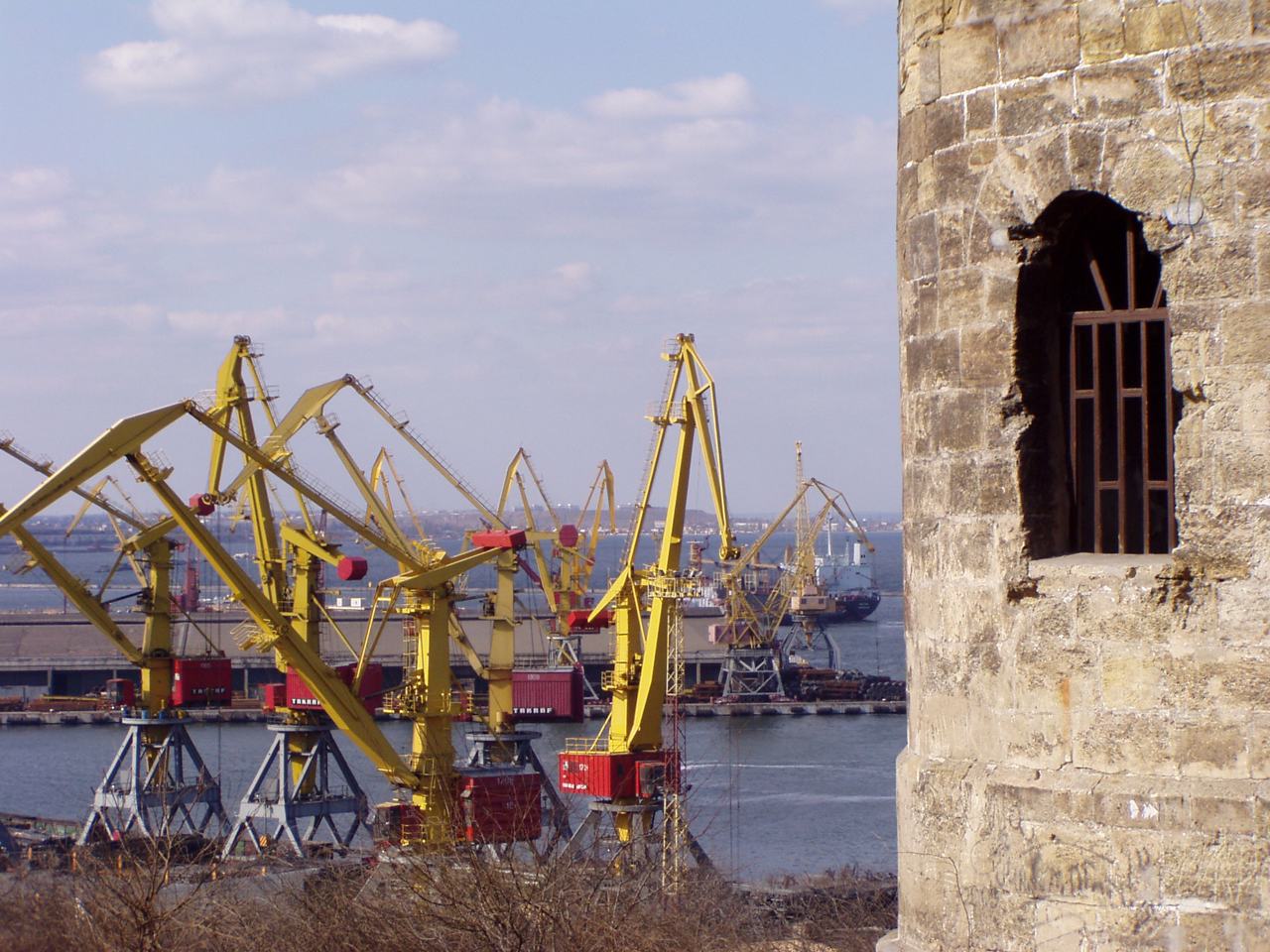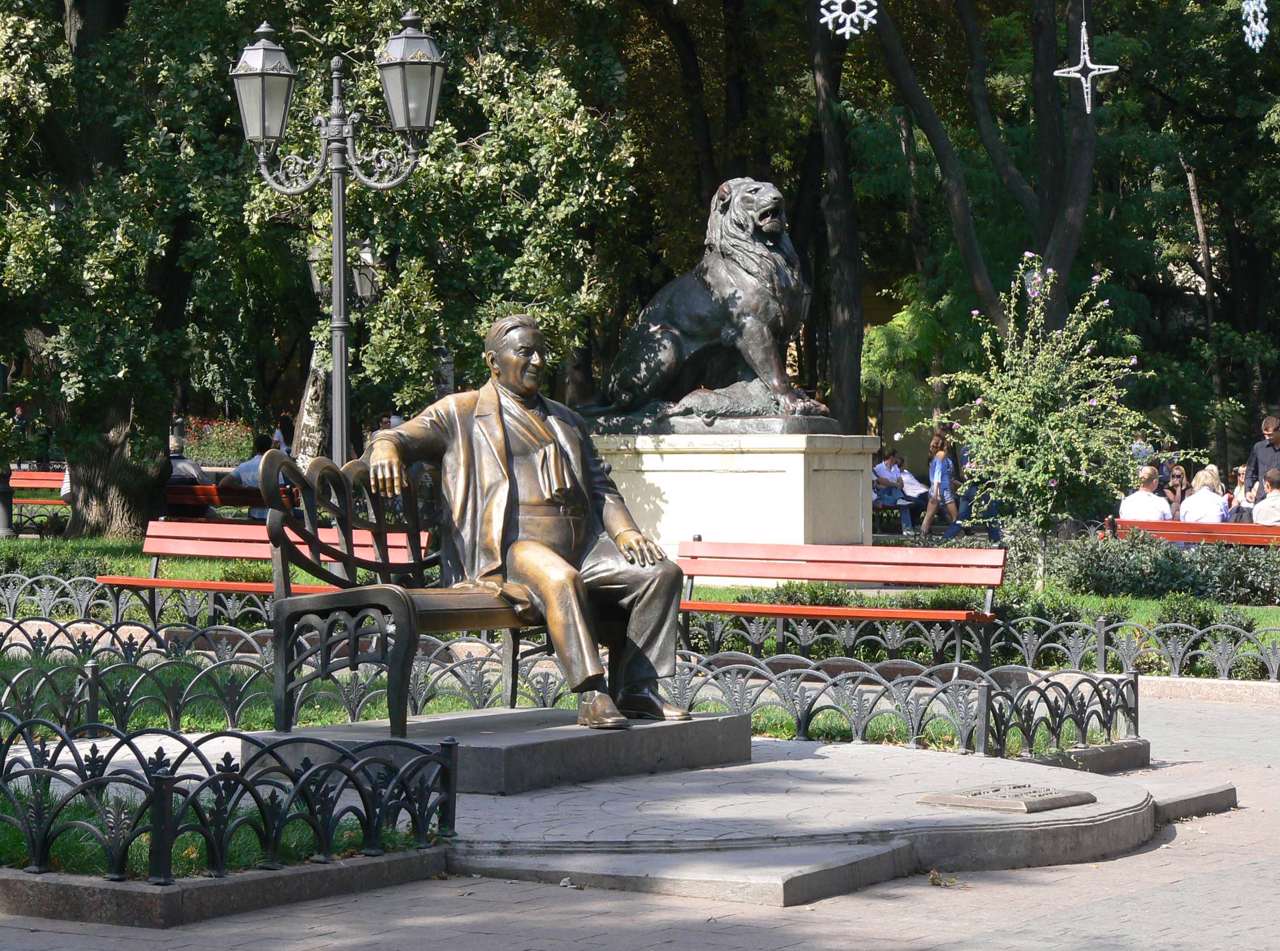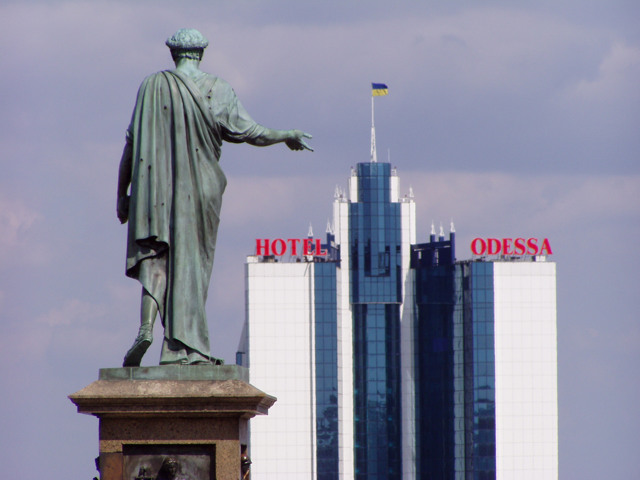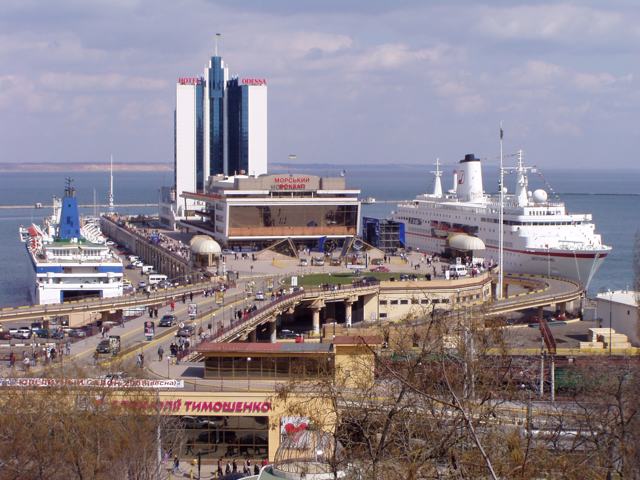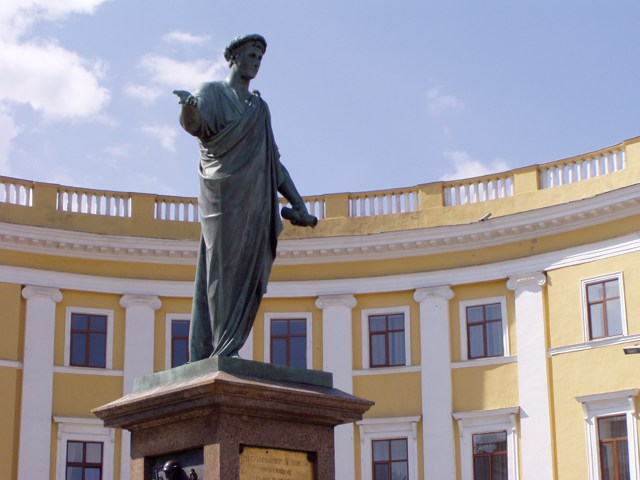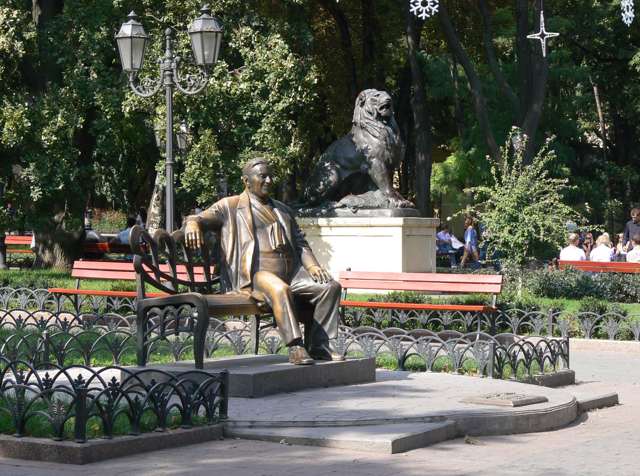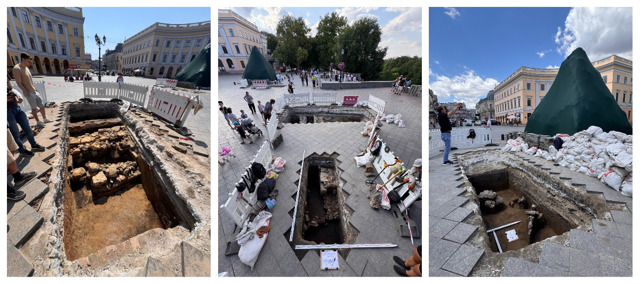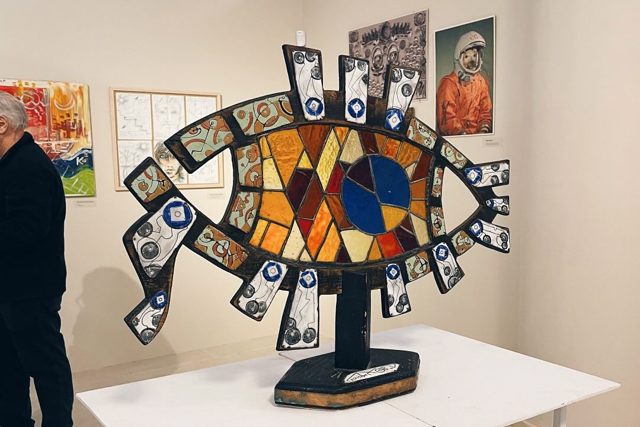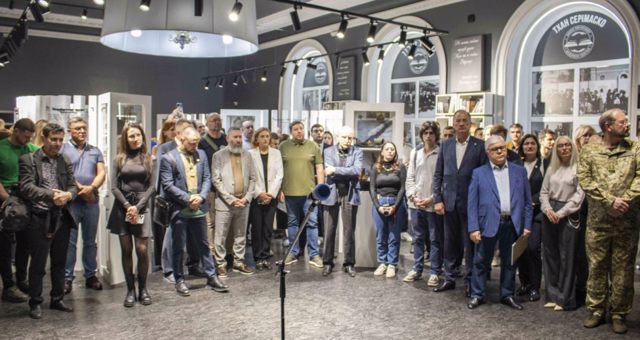Functional temporarily unavailable
General information about Odesa
The city of Odesa is a large seaport and resort in the south of Ukraine, one of the most distinctive cities of the country, a popular tourist center.
Since the 15th century, it has been known as the Lithuanian, then the Turkish fortress of Khadzhybey. In 1789, during the second Russo-Turkish war, it was captured by a Russian detachment under the command of Major General Osip Deribas, who became the organizer and first mayor of the new city.
Renamed Odesa in 1795, it soon became the southern gate of the Russian Empire. A key role in the development of South Palmyra was played by the mayor Dyuk Rishelye, who started planned development.
The city has a rich "literary biography" (Adam Mitskevych, Mykola Hohol, Lesya Ukrayinka, Ivan Franko, Oleksandr Kuprin, Anna ...
The city of Odesa is a large seaport and resort in the south of Ukraine, one of the most distinctive cities of the country, a popular tourist center.
Since the 15th century, it has been known as the Lithuanian, then the Turkish fortress of Khadzhybey. In 1789, during the second Russo-Turkish war, it was captured by a Russian detachment under the command of Major General Osip Deribas, who became the organizer and first mayor of the new city.
Renamed Odesa in 1795, it soon became the southern gate of the Russian Empire. A key role in the development of South Palmyra was played by the mayor Dyuk Rishelye, who started planned development.
The city has a rich "literary biography" (Adam Mitskevych, Mykola Hohol, Lesya Ukrayinka, Ivan Franko, Oleksandr Kuprin, Anna Akhmatova, Dzheyms Oldridzh, Zhorzh Simenon, Oleksandr Pushkin, etc.), and is a significant cultural center. Thanks to the multi-nationality, a special Odesa folklore and a peculiar dialect have developed. In Soviet times, Odesa gained fame as the capital of humor - Isaac Babel, Ilya Ilf and Yevhen Petrov, Mykhaylo Zhvanetskyi, Roman Kartsev, and others are from here.
The old buildings of the center with famous streets and courtyards have been preserved. Many monuments, including unusual ones. Vacationers are attracted by numerous beaches. The largest concentration of resort and entertainment complexes in the Arkadiya area.
On April 1, the city celebrates the Day of Humor - a parade of humor takes place, artists and clowns perform. Odesa City Day is celebrated on September 2.
Місто Одеса - великий морський порт і курорт на півдні України, одне з найбільш самобутніх міст країни, популярний туристичний центр.
З XV століття відоме як литовська, потім турецька фортеця Хаджибей. У 1789 році під час другої російсько-турецької війни було захоплено російським загоном під командуванням генерал-майора Осипа Дерібаса, який став організатором і першим градоначальником нового міста.
У 1795 році перейменоване в Одесу, незабаром стало південними воротами російської імперії. Ключову роль у розвитку Південної Пальміри зіграв градоначальник Дюк Рішельє, який почав планову забудову.
Місто має багату "літературну біографію" (Адам Міцкевич, Микола Гоголь, Леся Українка, Іван Франко, Олександр Купрін, Анна Ахматова, Джеймс Олдрідж, Жорж Сіменон, О ...
Місто Одеса - великий морський порт і курорт на півдні України, одне з найбільш самобутніх міст країни, популярний туристичний центр.
З XV століття відоме як литовська, потім турецька фортеця Хаджибей. У 1789 році під час другої російсько-турецької війни було захоплено російським загоном під командуванням генерал-майора Осипа Дерібаса, який став організатором і першим градоначальником нового міста.
У 1795 році перейменоване в Одесу, незабаром стало південними воротами російської імперії. Ключову роль у розвитку Південної Пальміри зіграв градоначальник Дюк Рішельє, який почав планову забудову.
Місто має багату "літературну біографію" (Адам Міцкевич, Микола Гоголь, Леся Українка, Іван Франко, Олександр Купрін, Анна Ахматова, Джеймс Олдрідж, Жорж Сіменон, Олександр Пушкін тощо), є значним культурним центром. Завдяки багатонаціональності склався особливий одеський фольклор і своєрідний діалект. У радянські часи Одеса завоювала славу столиці гумору - звідси родом Ісаак Бабель, Ілля Ільф і Євген Петров, Михайло Жванецький, Роман Карцев, інші.
Збереглася стара забудова центру зі знаменитими вуличками та двориками. Безліч пам'ятників, в тому числі і незвичайних. Відпочивальників приваблюють численні пляжі. Найбільше скупчення курортно-розважальних комплексів в районі Аркадія.
1 квітня в місті відзначають День гумору - проходить парад гумору, виступають артисти і клоуни. День міста Одеса відзначається 2 вересня.
Сплануй своє перебування у Odesa
What to see and where to go in Odesa
Tourist attractions and museums of Odesa
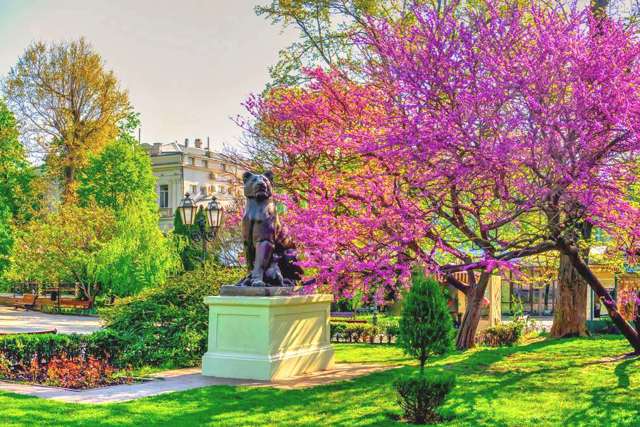
City Garden
Park / garden
The City Garden in Odesa is the oldest public park in the city and one of the main centers of the city's social life.
This is a small square with an area of about 1.5 hectares at the end of Derybasivska Street, in the block between Derybasivska and Lanzheronivska, not far from Soborna Square. Founded in 1803 by Feliks de Rybas, the brother of the founder of Odesa, Yosyp Derybas, as a private kindergarten on his own plot of land, it was later transferred to the city.
The main decoration of the City Garden is a two-hundred-year-old fountain with a bowl made of Carrara marble. The Summer Theater of the City Philharmonic (1949, architect Rehina Volodymyrska), the music pavilion-rotunda (1943), as well as several original sculptures are located here: the monument to Leonid Utyosov, the monument to Serhiy Utochnik, the sculptures "Lion" and "Lion ", the monument to the "Twelfth Chair".
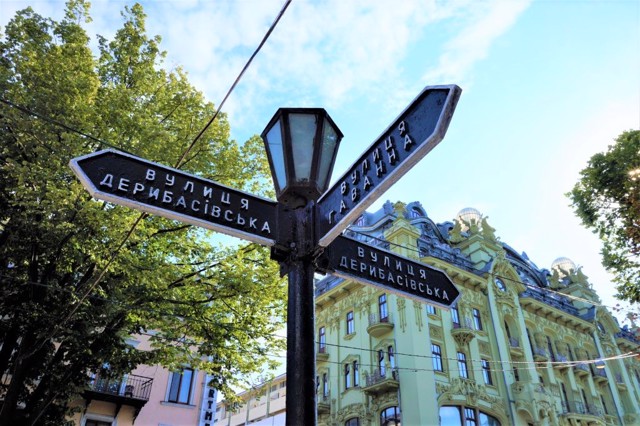
Derybasivska Street
Historic area
Derybasivska is a pedestrian street in the center of Odesa, celebrated by writers and poets. It was named after the first Odesa mayor Osip Derbas (Khose de Ribas).
At the very beginning of the street, there is a monument to Deribas, popularly nicknamed "the grasshopper". The street is built with low-rise buildings of the 19th century, the first floors of which are occupied by numerous shops, restaurants and cafes with outdoor summer areas.
Traditionally, major city events take place on Derybasivska Street, in particular the Humor Parade during the annual "Humorina" celebration on April 1. On other days, the street is open for walking, and there is a brisk trade in paintings and souvenirs. The fair town "Odesa Fair" with wooden houses selling street food and drinks is constantly operating.
There are several interesting sculptures in the park zone of the City Garden: a monument to Leonid Utyosov, a monument to Serhiy Utochnik, sculptures "Lion" and "Lioness", a monument to the "Twelfth Chair".
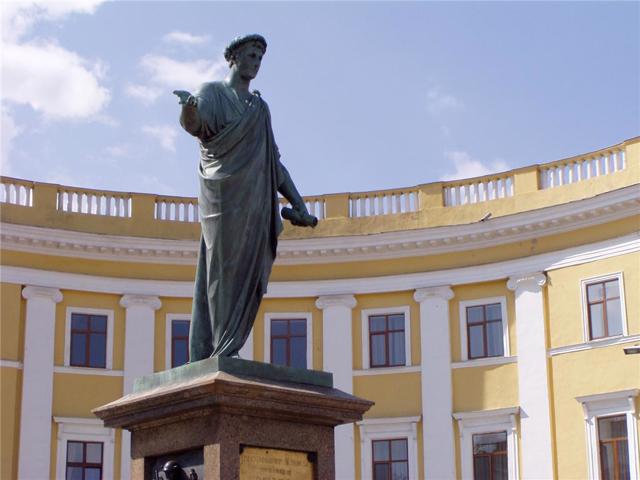
Duke de Rishelye Monument
Monument
Monument to Armand Emmanuel du Plessi, Duke de Rishelye, who was one of the most popular Odesa mayors.
The Duke de Rishelye, a Frenchman by birth, emigrated to Russia after the Great French Revolution of 1789. In 1790, he participated in the capture of Izmail, in 1803 he was appointed the city of Odesa, and then the governor-general of Novorossiya.
Richelieu began to be called Emmanuel Yosypovych. For him, Odesa received a temporary exemption from taxes and was actively built.
When the Bourbons returned to power in France in 1814, the duke left for his homeland, donating all his property to the Odesa Rishelye Lyceum.
After his death in 1822, fundraising began, and in 1828 a monument to Duke Rishelye was erected. Sculptor Ivan Martos created the duke dressed in a Roman toga with a scroll in his hand and three brass bas-reliefs symbolizing agriculture, trade and justice. Today it is the most famous symbol of Odesa.
Pranksters recommend looking at Duke from the water hatch to the left of the monument. From this angle, the scroll in Duke Rishelye's hand looks very ambiguous.
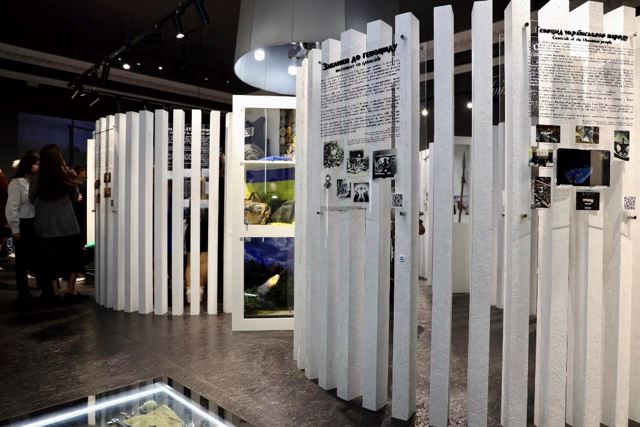
Genocide Museum "Territory of Memory"
Museum / gallery
The Genocide Museum "Territory of Memory" in Odesa opened in 2024 by Odesa Holocaust Research Center. The institution is located in the place of the Central Post Office in the center of the city.
The exposition reveals the history of the appearance of the term genocide, the fate of its authorship by Raphael Lemkin, the essence of the concept of the crime of genocide in international law, the tragic pages of the Holocaust and the history of salvation, the themes of the Armenian and Roma genocide, the Holodomor in Ukraine, the deportation of the Crimean Tatars, the genocides of the 21st century. A separate location is dedicated to the Russian-Ukrainian war.
The miniatures represent the railway station from which the Tatars were deported, the powder warehouses where Odesa Jews were burned, the episode of mass shooting and torture in Buch, the destroyed drama theater in Mariupol, Zmeyiny Island and the destruction of the Moscow cruiser.
The modern interactive exhibition space makes extensive use of multimedia digital technologies. A special emotional atmosphere is created with the help of point lighting. The multifunctional museum space includes a library and a discussion platform.
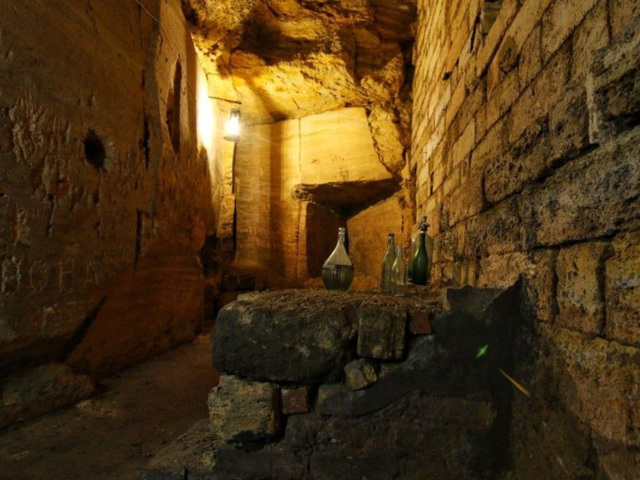
Museum "Secrets of Underground Odesa"
Historic area , Museum / gallery , Natural object
The Museum "Secrets of Underground Odesa" tells about the famous Odesa catacombs, on which stands the whole city. Their total length is estimated at about 2.5 thousand kilometers.
Most of Odesa's catacombs are underground quarries, in which the building stone rakushnyak, which was used to build most of the city's buildings, was mined. The system of catacombs also includes cavities of natural origin - karst and dilatancy caves.
At various times, the catacombs served as transshipment bases for smugglers, "raspberries" for gangs, places to gather underground, shelters for guerrilla and sabotage units, bomb shelters.
The museum in the dungeons on Moldavanka was established in 2013 by the military-historical club "Military Valor". Entering the catacombs, visitors are immersed in the past of the city. Here you can see the anti-nuclear bunker, go through the flooded part, visit the wild catacombs, visit the guerrilla parking lot and bandit raspberries and more.
Odesa in news and blogs
Reviews Odesa
Geographical information about Odesa
| {{itemKey}} | {{itemValue}} |
|---|---|
| Region |
Odesa |

